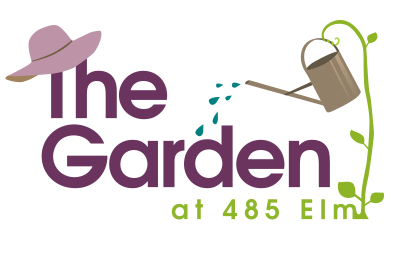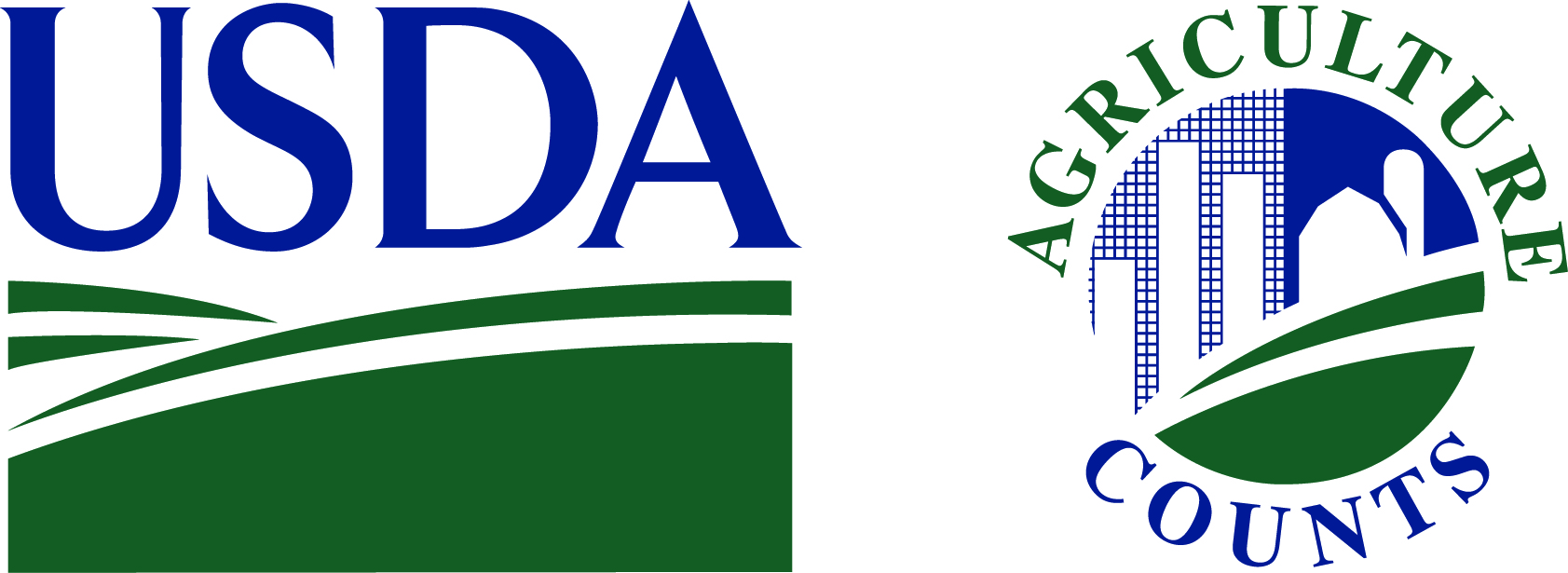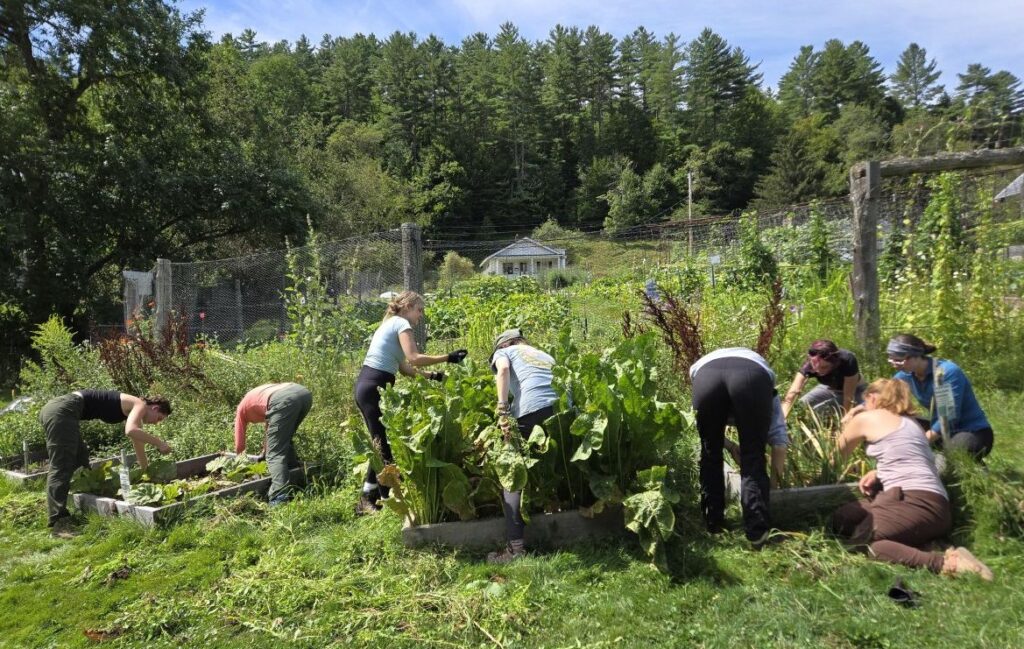
In August, a University of Vermont Service TREK Farm and Food team transformed the garden, digging in to turn a huge windrow, move compost, and pull copious weeds. One transformative act whose results were not visible that day was planting cover crop.
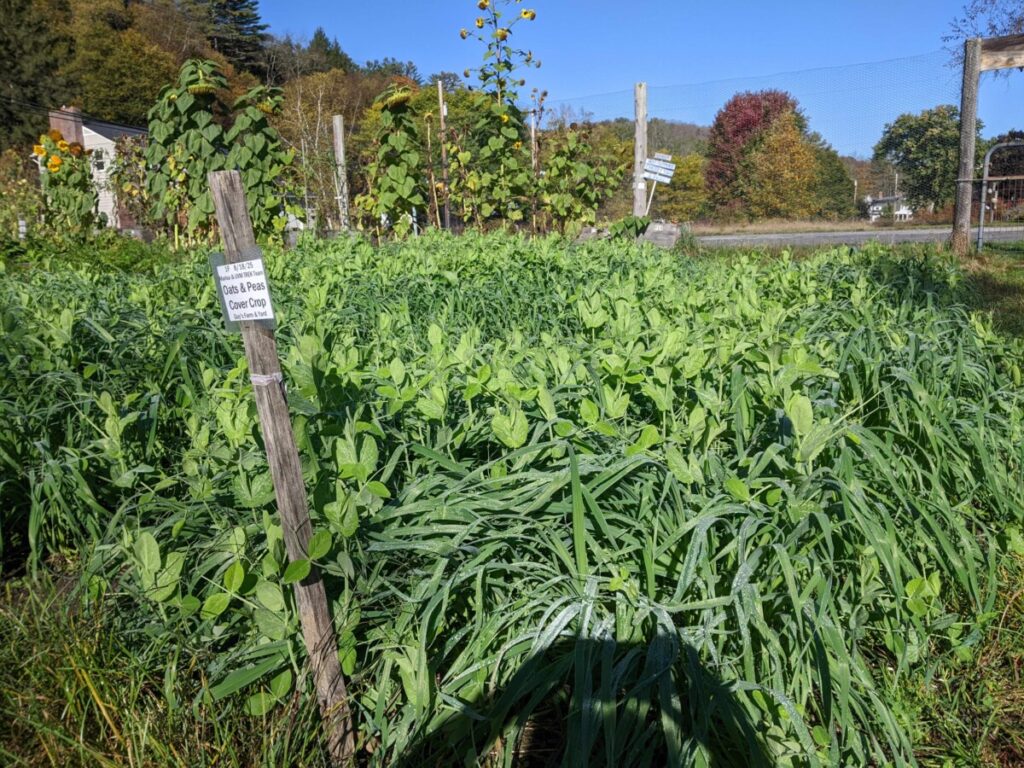
Not long after gardeners harvested potatoes from this bed, the TREK team weeded, turned over, planted, and watered in a cover crop of oats and peas. It’s thriving! The cover crop adds nitrogen and other nutrients to the soil, keeping the soil fluffy and moist, providing good conditions for beneficial insects, and preventing grass from taking over the plots.
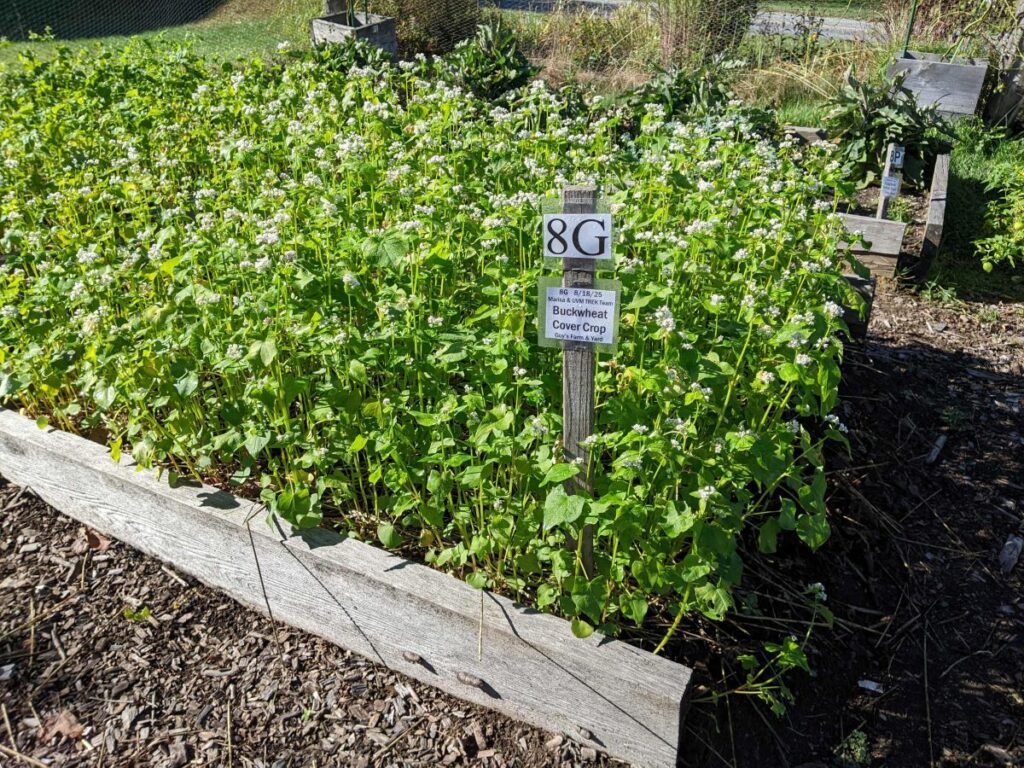
This former potato bed now hosts a luscious buckwheat cover crop, planted by UVM TREK team members. Lesson learned from previous cover crop experience: Do not plant perennials or self-seeders as cover crop! Rye grass, for example, came back with a vengeance the following spring.
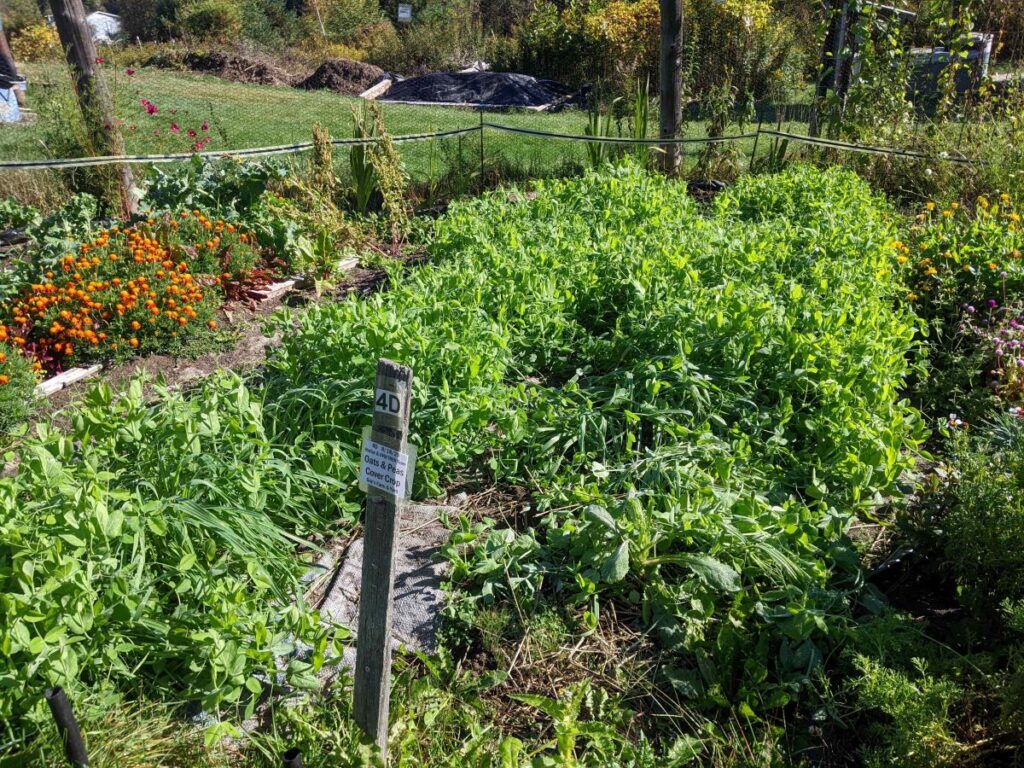
The shallots harvested from these beds are delicious, feeding the gardeners who planted and harvest them. The buckwheat, oats, and peas will remain in the soil and not come back as weeds. When the frost hits, the cover crops will die back and over the winter they will decompose, adding rich organic matter to the soil for happy vegetables next year.
